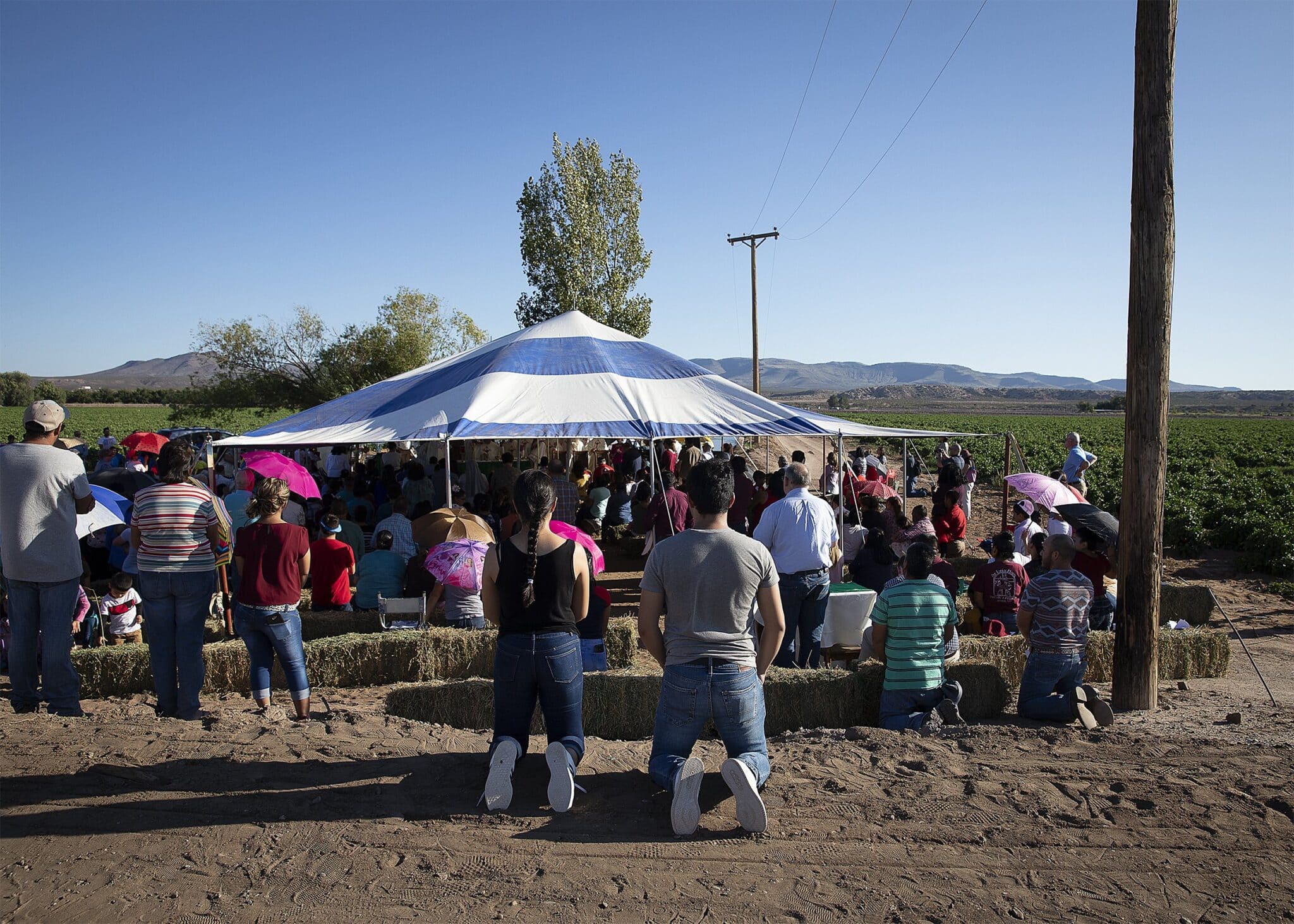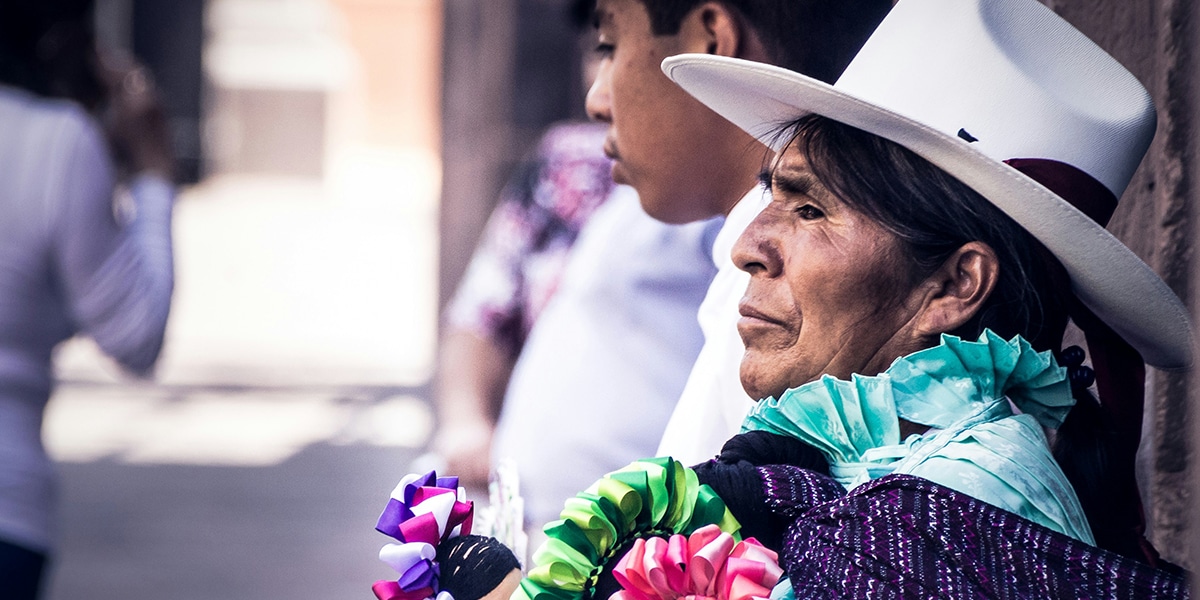Margaret Carney, OSF, and I, coordinators of this series, have been friends from our student days at St. Bonaventure University’s Franciscan Institute in the early 1980s. Nancy Celaschi, OSF, had been a student there in the 1970s and hosted Margaret during her doctoral studies in Rome.
I contacted Margaret a week after the encyclical was signed, suggesting that we coordinate a free, digital series. Margaret has so many contacts in the Franciscan world that she easily matched up specific chapters with individual Franciscan sisters and friars. A Secular Franciscan who in 2007 made the Franciscan Intellectual Pilgrimage with me to Germany and France quickly agreed to contribute.
Because for many years Margaret has been a pilgrim guide for the Franciscan Pilgrimage Program, she contacted John Cella, OFM, (its head) to ask if a staff member could create the pdf files needed. Andy Tretow expertly selected graphics for the Introduction and eight chapters. Margaret and I asked Lisa Biedenbach, a graduate of St. Bonaventure University, and a former editor at Franciscan Media, to edit and proofread the texts.
Margaret and I had decided to make this a free service without a copyright. Even before the series was released in early December, she was contacted about having it translated into Spanish. A contributor to the series has arranged for an Italian edition.
This Jesuit: The Most Franciscan Pope
In March of 2013 when Cardinal Jorge Bergoglio was receiving a significant number of votes in the papal conclave, his good friend Cardinal Claudio Hummes, OFM, leaned over and said, “Remember the poor.” Indeed, Bergoglio did that when he accepted his election and chose the name “Francis.” He soon clarified that this was in honor of St. Francis of Assisi.
Two of Pope Francis’ three encyclicals have Franciscan-inspired titles. Three of his predecessors had been Franciscan friars, including Pope Sixtus IV, who commissioned the chapel where this election was taking place. Why hadn’t any of them chosen the name Francis? It’s only conjecture, but I think they didn’t want to set the bar that high for themselves. Bergoglio’s choice reflected the parrhesia (bold proclamation) ascribed to the apostles and others in Acts of the Apostles. Pope Francis has often spoken about all evangelizers’ need for parrhesia.
Although Pope Francis’ Jesuit roots are deep and solid, in many ways his words and actions have made him the most Franciscan of popes.
Insight into a Well-known Parable
Chapter Two of “Fratelli Tutti” reflects on the Good Samaritan parable. For years many of us have heard it as an exhortation to individual compassion. After this series was published, I began to see this parable as also reflecting “care for our common home,” the second part of the encyclical’s subtitle. Individual compassion is wonderful, but a compassionate society reflects even better our being made in God’s image and likeness.
What other insights will “Fratelli Tutti” bring us in the years to come?







